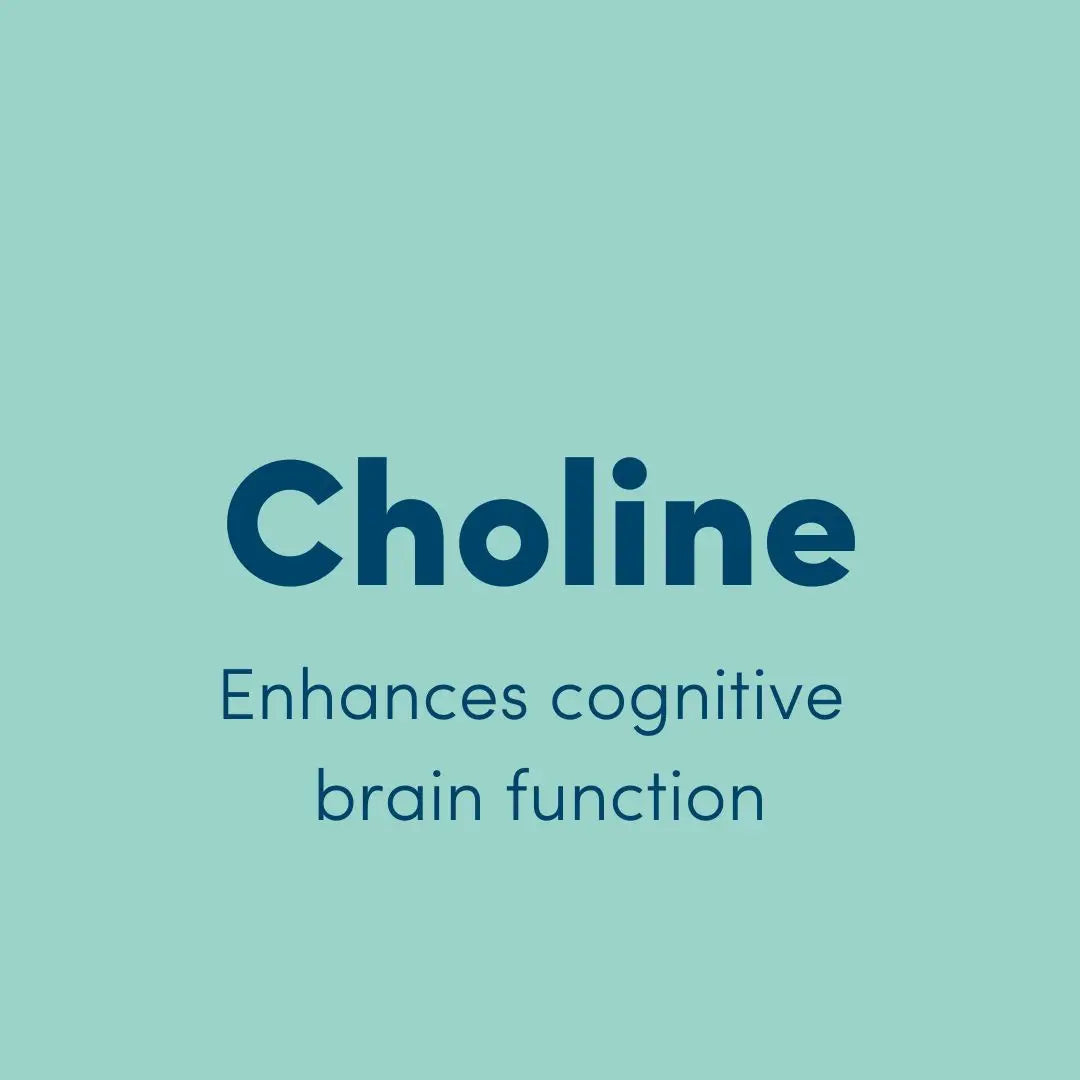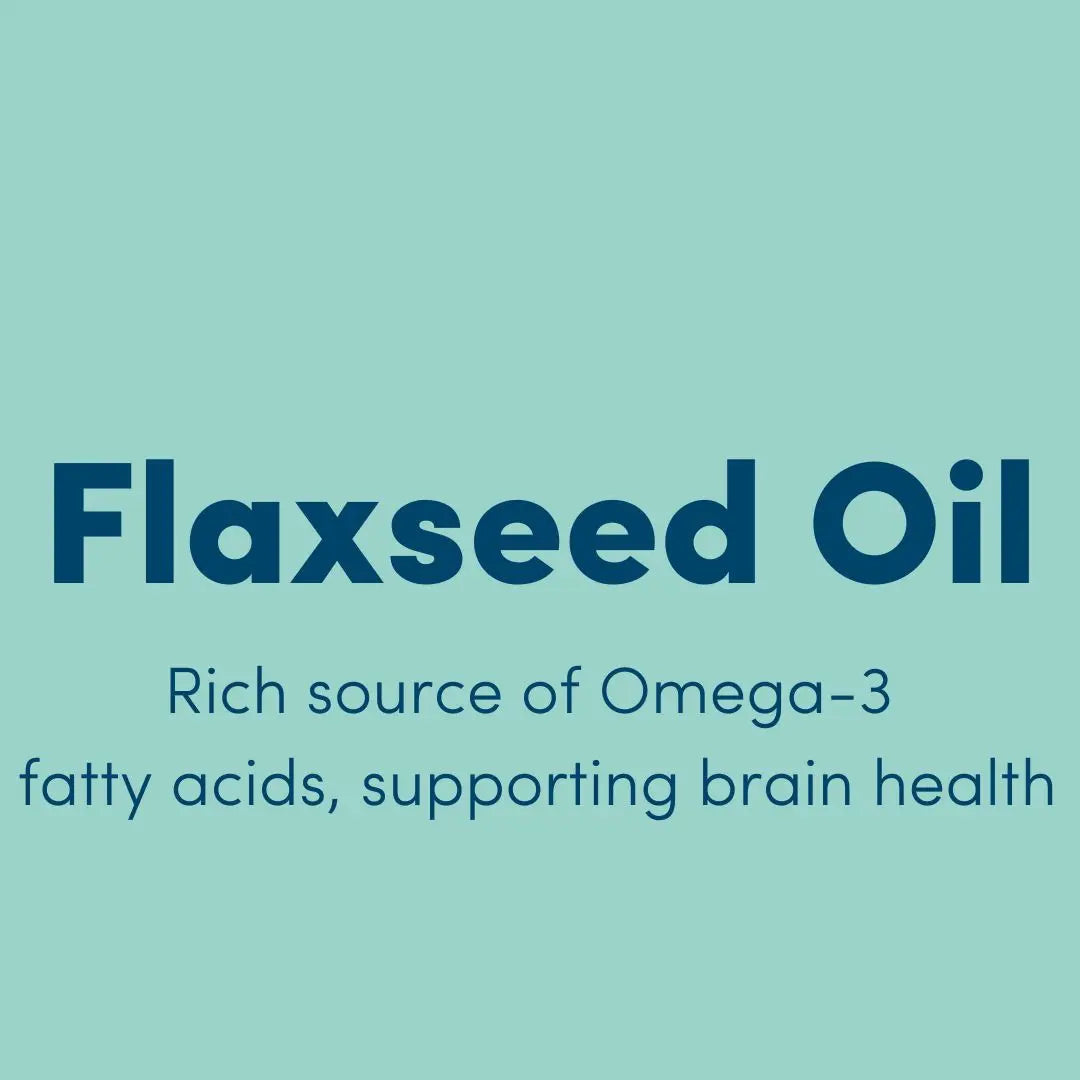
Depression is a major global health issue, impacting millions of people and leading to significant disability. Traditional treatments like selective serotonin reuptake inhibitors (SSRIs) can provide relief, but many people are searching for alternative non-pharmacological solutions.
A recent article published in Translational Psychiatry 1 presents a framework that highlights how exercise, particularly aerobic exercise, can act as a powerful antidepressant by enhancing motivation and reward processing in the brain.
The Link Between Depression and Motivation
Depression severely impacts motivation, especially in relation to reward processing. People with depression often show reduced effort to seek rewards, a symptom known as anhedonia. This lack of motivation is closely tied to impaired dopamine transmission. Dopamine is a critical neurotransmitter that influences our ability to feel pleasure and motivates us to pursue rewarding activities.
Exercise as a Boost for Dopamine
Aerobic exercise has been found to boost dopamine transmission in the brain, making it a promising alternative to traditional antidepressants. Studies show that exercise can prevent and reduce depressive symptoms, with longer and more intense exercise routines offering greater benefits.
Mechanisms Behind Exercise's Benefits
The article proposes that exercise reduces systemic inflammation, which is known to interfere with dopamine transmission. By lowering inflammation and boosting dopamine, exercise helps improve motivation and the ability to engage in effort-based decision-making. This, in turn, alleviates key depressive symptoms like anhedonia, fatigue, and cognitive impairment.
Improving Cognitive Control
Cognitive control, which involves managing attention and memory, is often compromised in depression. This may be due to reduced motivation to exert cognitive effort. Exercise can enhance cognitive control by strengthening the brain circuits responsible for effort-related decision-making, thereby improving cognitive function in people with depression.
Neural Pathways of Motivation
Motivated behavior is driven by a network of brain regions, including the anterior mid-cingulate cortex (aMCC) and the ventral striatum. These areas integrate information about reward and effort. Exercise positively influences these neural pathways, leading to better decision-making and reward processing.
Conclusion
This novel framework offers insights into how exercise can serve as an effective treatment for depression. By enhancing dopamine transmission and reducing inflammation, exercise improves motivation and cognitive function, providing a natural and accessible way to combat depressive symptoms. Understanding these mechanisms opens the door to more personalized and effective interventions, bringing hope to those who struggle with traditional treatments. For anyone interested in brain health, this underscores the profound impact of physical activity on mental well-being.





